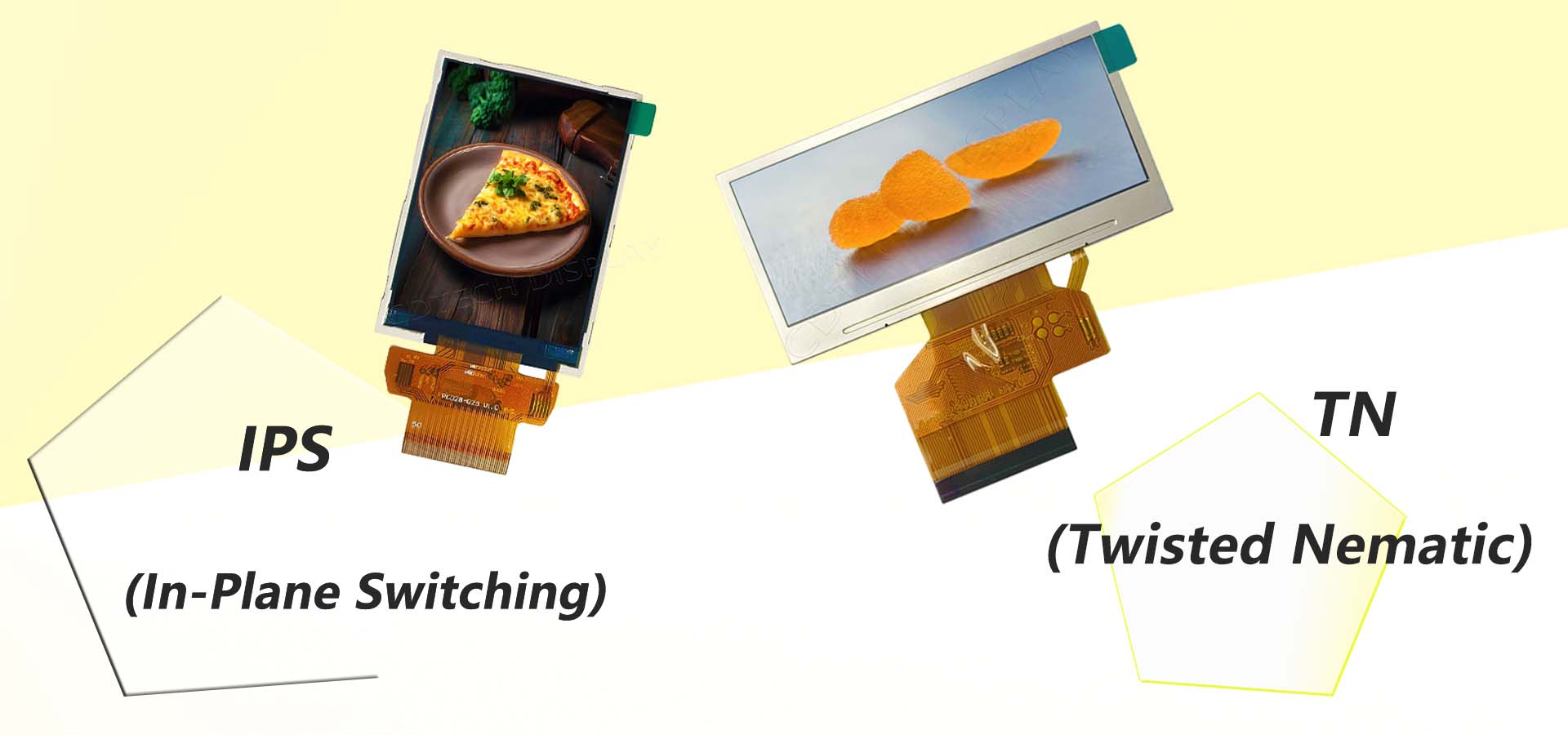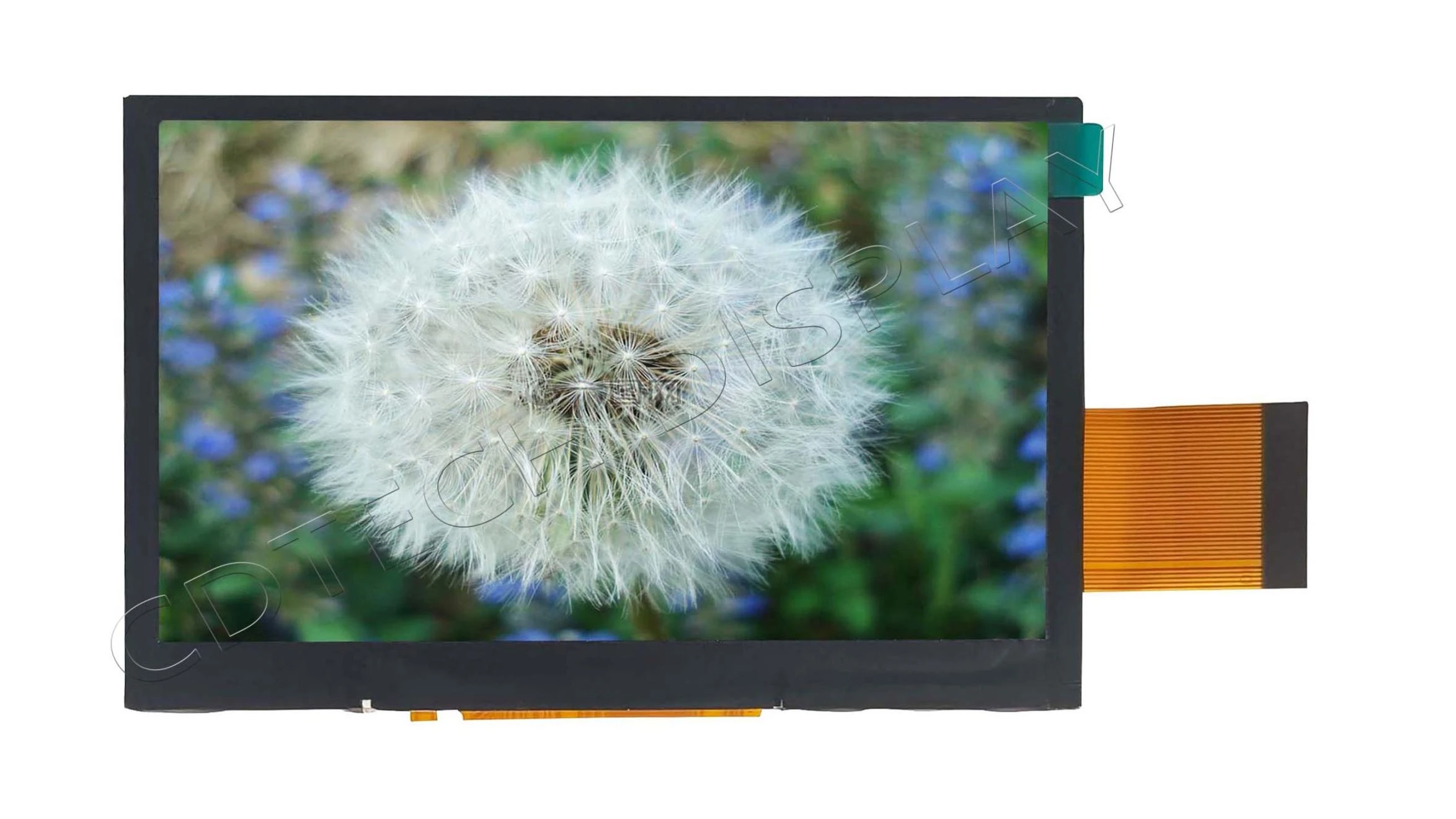TFT LCD Display vs. OLED: Analyzing Performance and Suitability
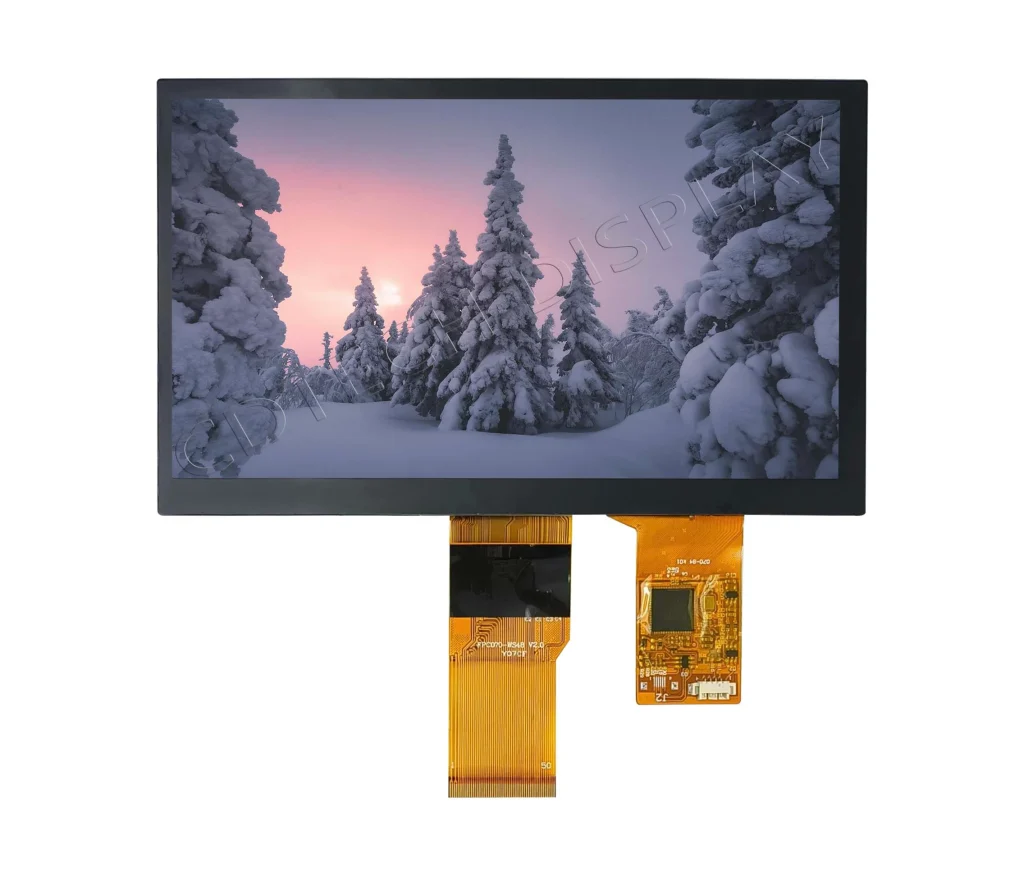
Key Features of TFT LCD Displays
Structure and Functionality of TFT LCD Displays
TFT (Thin-Film Transistor) LCD displays use active-matrix technology. They rely on thin-film transistors to boost image quality. The setup has a liquid crystal layer between two glass sheets. Each pixel is controlled by its own transistor. This allows precise management of brightness and color. The result is clear visuals and smooth video playback.
Advantages of TFT LCD Technology
TFT LCDs have many strengths. They provide sharp resolution and vivid colors. They are easy to find. These screens save energy. They use less power than old CRT monitors. They are also light and small. This makes them great for portable gadgets. For example, CDTech’s 4.3-inch IPS LCD module shows bright images. It supports 65K colors with a 1000:1 contrast ratio. These traits make TFT LCDs perfect for detailed and colorful displays.
Common Applications of TFT LCD Displays
TFT LCDs are flexible. They serve many industries. You see them in control panels for factories, car dashboards, medical tools, and devices like phones and tablets. For instance, CDTech’s 10.1-inch IPS display works in car entertainment systems and marine navigation tools. They handle tough conditions well. This makes them good for outdoor monitoring devices.

Core Characteristics of OLED Displays
The Technology Behind OLED Displays
OLED (Organic Light Emitting Diode) technology uses organic materials. These materials glow when electricity passes through. Unlike TFT LCDs, OLEDs don’t need a backlight. Each pixel creates its own light. This leads to thinner screens. It also allows true blacks, as pixels can turn off fully.
Benefits of OLED Technology
OLED screens shine in contrast and color. Their self-lighting pixels create vibrant images. They respond faster than TFT LCDs. This suits fast-moving content like games or videos. Also, OLEDs give wider viewing angles. Colors stay true from different angles.
Typical Use Cases for OLED Displays
OLEDs are in premium phones, TVs, and wearables like smartwatches. They’re also in VR headsets. Their light and bendable design allows foldable screens. This supports new display ideas for future tech.
Comparing Performance: TFT LCD vs. OLED
|
ميزة |
TFT LCD |
OLED |
|
Contrast Ratios |
Moderate contrast ratios due to reliance on backlighting |
Superior contrast ratios with true blacks |
|
دقة اللون |
Excellent color reproduction in high-quality models |
Exceptional vibrancy with self-emissive pixels |
|
مشاهدة الزوايا |
Limited viewing angles in some models; IPS panels improve this |
Wider viewing angles without color distortion |
|
كفاءة الطاقة |
Lower power consumption than CRT but higher than OLED |
More energy-efficient as pixels can turn off completely |
|
Durability & Lifespan |
Robust design; prone to backlight degradation over time |
Shorter lifespan due to organic material degradation |
|
Cost & Complexity |
Cost-effective manufacturing process |
Higher production costs due to complex technology |
Contrast Ratios and Color Accuracy
TFT LCDs produce great colors. But their backlights limit deep blacks. OLEDs, however, excel in contrast. They turn off pixels for true blacks.
Viewing Angles and Image Quality
Older TFT panels struggle with viewing angles. New IPS-based TFTs fix this. CDTech’s 4.3-inch IPS module offers full-angle viewing. Still, OLEDs naturally provide better angles. They keep image quality steady.
Energy Efficiency and Power Consumption
OLEDs save power on dark images. Their pixels can turn off completely. TFT LCDs, like CDTech’s 5-inch model, work well from -20°C to +70°C. They are reliable but use slightly more energy.
المتانة واعتبارات العمر
TFT LCDs last longer. They don’t use organic materials that wear out. CDTech’s displays are tough in harsh settings. OLEDs, though, may degrade faster due to their materials.
Cost and Manufacturing Complexity
Making TFT LCDs is cheaper. It’s simpler than OLED production. CDTech offers tailored solutions at good prices. This makes TFTs budget-friendly.
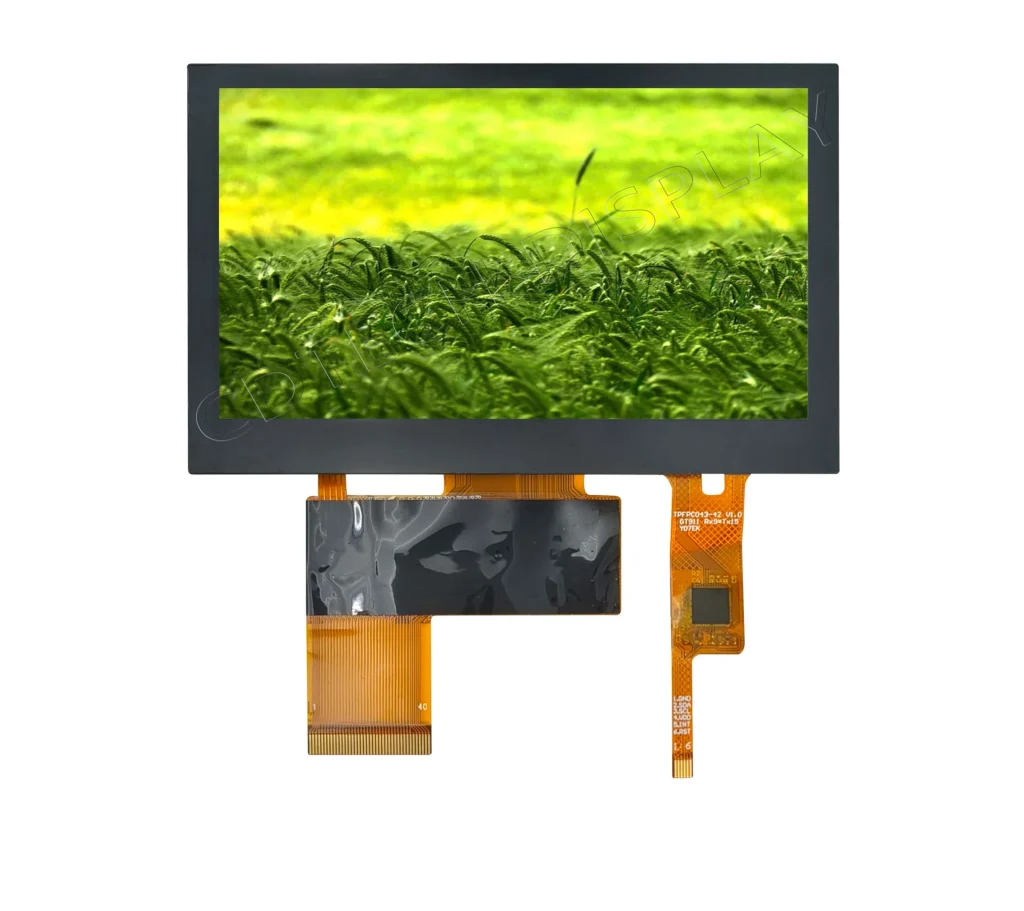
Choosing the Right Display Technology for Your Needs
Factors to Consider When Selecting a Display Technology
Picking a display means weighing several factors. Think about resolution, brightness, and contrast. Viewing angles, power use, durability, and cost are key too. For outdoor use, brightness matters. CDTech’s 10.1-inch IPS display has 1500 nits. Harsh settings need wide temperature ranges. CDTech’s 5.0-inch TFT LCD works from -20°C to +70°C.
Matching Display Features to Application Requirements
Applications have unique needs. These guides display choices. Factory panels need toughness and reliability. CDTech’s 12.1-inch IPS module performs well from -20°C to +70°C. Consumer devices value looks and touch features. High-resolution screens with touch, like CDTech’s 10.1-inch TFT LCD are ideal.
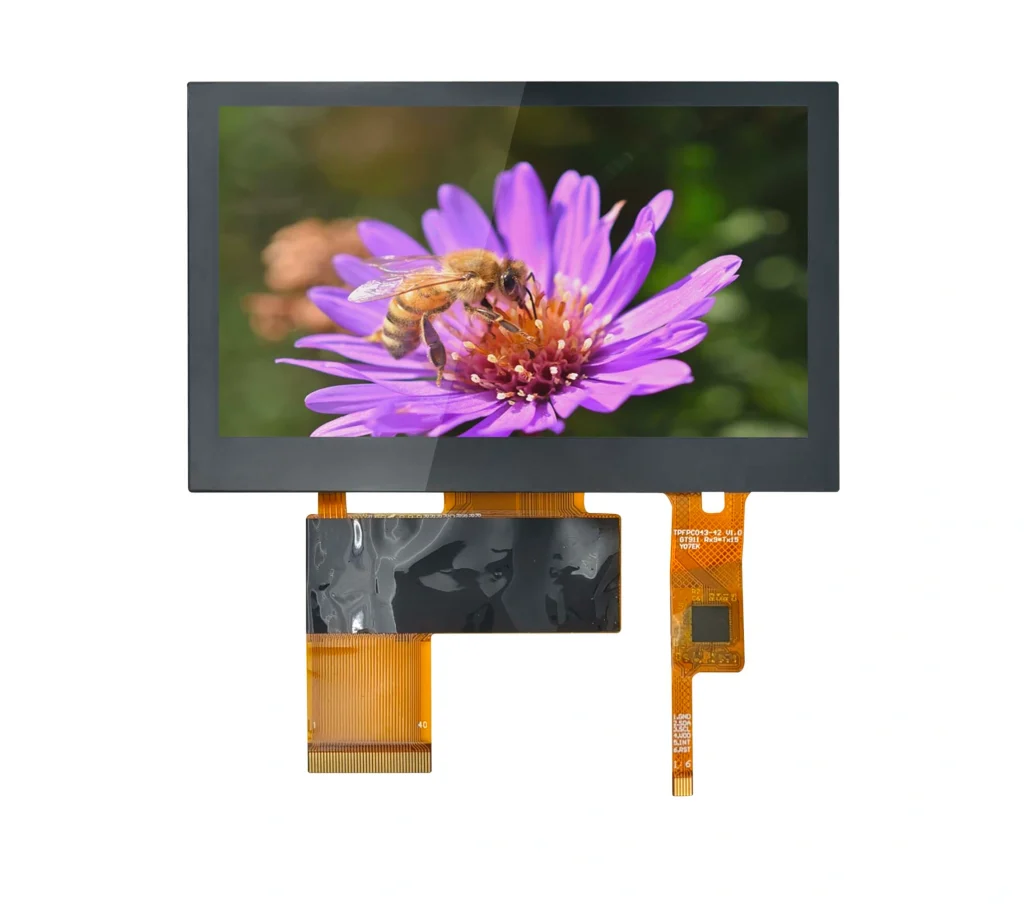
About CDTech and Its Product Offerings
Overview of CDTech’s Expertise in Display Solutions
cdtech leads in display solutions. It serves many industries. The company focuses on TFT LCDs. Its products fit factory controls, car systems, smart homes, and more.
Range of TFT LCD Products by CDTech
CDTech’s lineup includes TFT LCD modules with top features:
- 3-Inch IPS TFT LCD: Shows bright images with 65K colors. It has a 1000:1 contrast ratio. Its all-angle design ensures clear views from any side.
- 0-Inch TFT LCD: Uses an ST7262 driver IC and LVDS interface. It gives sharp colors at 800×480 pixels. It works from -20°C to +70°C.
- 1-Inch Sunlight-Readable IPS Display: Offers 1500 nits brightness and a 1200:1 contrast ratio. It’s great for car systems and marine navigation.
- 1-inch IPS Module: Built for factory controls, it blends clarity and strength.
Other Advanced Technologies Offered by CDTech
CDTech also offers custom services:
- تخصيص LCD: Supports size changes, like AA or OD sizes. It creates shapes like square or round screens for cars or smart homes.
- لمس لوحة اللمس: Includes air bonding, OCA bonding, or LOCA bonding. These improve touch features.
CDTech’s products are reliable in tough conditions. They suit demanding uses across industries.
التعليمات
Q: How do TFT LCDs differ from OLED displays?
A: The main difference is light emission. TFT LCDs use backlights. OLEDs light up pixels directly. This affects contrast, energy use, and image quality.
Q: Can TFT LCDs work outdoors?
A: Yes, some are built for it. CDTech’s 10.1-inch IPS display has high brightness, up to 1500 nits.
Q: Can I customize a TFT LCD for my needs?
A: Yes, CDTech offers options like size changes and bonding methods, such as air or OCA bonding.
Q: How do I make my TFT LCD last longer?
A: Store it properly, avoiding high humidity. Use anti-static gloves when handling parts.
Q: Which industries gain the most from CDTech’s TFT LCDs?
A: Automotive, factory controls, smart homes, marine navigation, and outdoor monitoring benefit. These displays are reliable and versatile.

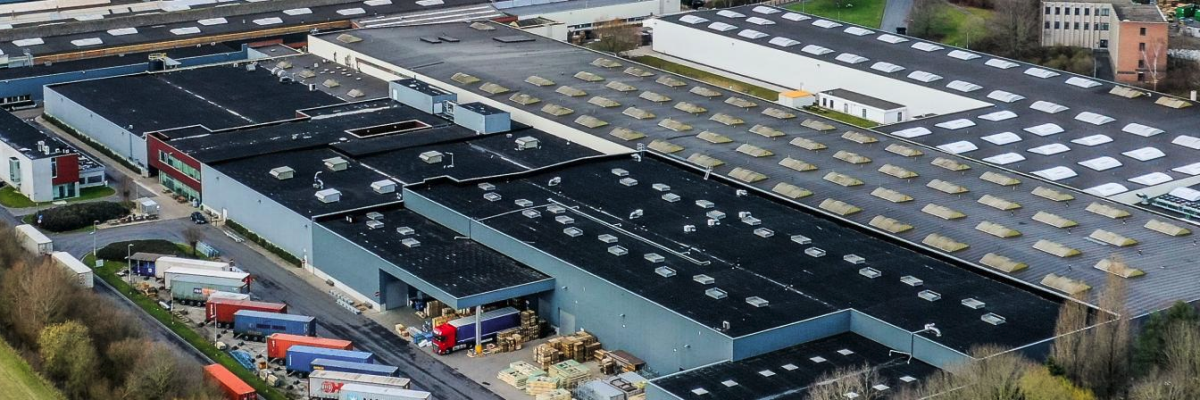
 2025-05-16
2025-05-16  11:50
11:50 